 Over the weekend I decided that I’d set myself the personal challenge of “finishing strong” in 2014 with publishing at least one post across my various different sites for each day of December 2014.
Over the weekend I decided that I’d set myself the personal challenge of “finishing strong” in 2014 with publishing at least one post across my various different sites for each day of December 2014.
Why?
Well… I started out strong at the beginning of 2014 publishing content very frequently. In fact, I published a post a day on the Deploy360 site for the entire first quarter, mostly just again as a personal challenge. But then as the year went on I haven’t been been as consistent.
In running, we talk about “finishing strong“… about trying to keep a little bit of energy in reserve so that you can have a final boost of effort as you get close to the finish line.
With that idea, I’m setting my own personal goal to finish 2014 in a strong way from a content creation / publishing point of view.
My idea is that I’ll publish at least one post every day of December, including weekends – and I’ll also tag it at least on Twitter with the hashtag #Finish2014Strong. There are others using that hashtag, too, and for similar reasons and ideas, it seems.
I’m writing about this publicly, of course, because if I put it out there in front of all of you reading this… well… I kind of need to follow through on it, eh?
Any of you are welcome to join me! Let’s finish 2014 strong from a writing point of view!
TWO Posts A Day, Really
In truth, my goal will really be TWO posts a day. One will be on the Internet Society Deploy360 blog where I am, in fact, employed to be writing every day:
The other post each day will be on at least one of my various different personal sites, including:
A large part of why I’m doing this is that I haven’t been writing very consistently on my personal sites… and I’d like to change that. This is just a personal challenge to see if I can do this.
Quality versus Quantity
A reaction I’ve heard to this idea is that the quantity doesn’t matter if what you do is simply push out a bunch of rather lame half-baked posts. You know the type… a post with one or two sentences that effectively says “Hey, look at this cool new thing…” and then points to another site or article. Or a post that effectively “excerpts” almost an entire other article.
That is very much a challenge with any of these kind of “blog post a day” kind of things… and my goal is definitely NOT to do that.
I want both quality AND quantity!
And the reality is that I have a looooonnnngggg queue of articles I’d like to write – and I need to clean out that queue! In particular, I have a number of more thoughtful/inspirational pieces I’d like to write, probably for my little-used danyork.com site.
The good news is that with the publishing systems I use I can schedule posts out in advance. I don’t need to be writing posts each day. For example, there’s Christmas in there… and some weekends where I’ve got some family activities planned. There may be a couple of nights where I spend a few hours getting a number of posts queued up.
The point of the “1 post a day” idea is not so much to guarantee quantity as to motivate myself to get out there and write!
When January 1, 2015, comes around you’ll have to let me know how I do. 🙂
Plus An Audio Podcast…
And just to keep life interesting, I’m also going to try to record one of my “The Dan York Report” (TDYR) audio podcasts up on SoundCloud each day. Again, I started the year doing one of these a day… and then slacked off a good bit over the past few months. It is so incredibly easy to record these audio segments… I just need to do it!
(And I recorded one for today already.)
DanYork.me – Tracking The Content I Create
I – and you all – will be able to see what content I create this month at my site where I aggregate all the content I write across various sites:
I use a WordPress plugin to pull in the RSS feeds of all the various places I write and display pointers to them on that site. It’s a handy way for me to keep track of what I’ve written and where. A quick scan down can show what I’ve done.
Join Me?
Do you, too, want to “finish 2014 strong” from a writing point of view? Do you need some extra motivation to pick up the electronic pen and create some more content?
Please do!
This is just my own personal challenge to myself… written publicly… but I welcome any others who want to #Finish2014Strong – having others out there doing the same thing can be an added inspiration for those times when it would be so much easier to do something else rather than write! 🙂
Let’s see how this goes!
P.S. On day 1 I’m off to a great start with so far these 5 posts plus the audio podcast:
… let’s see how the next 30 days go! 🙂
An audio version of this post is available:
If you found this post interesting or useful, please consider either:
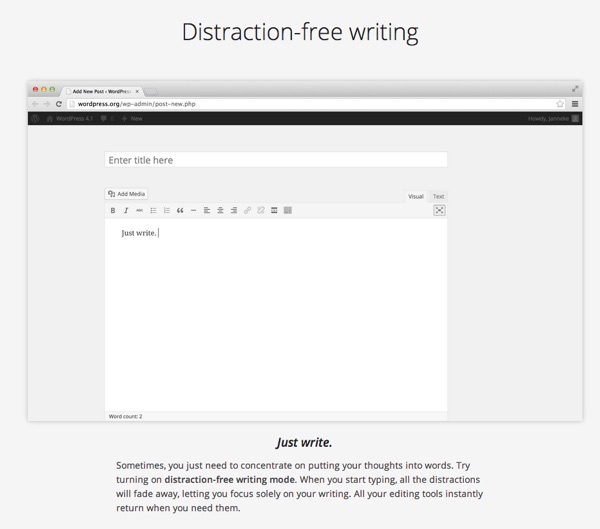
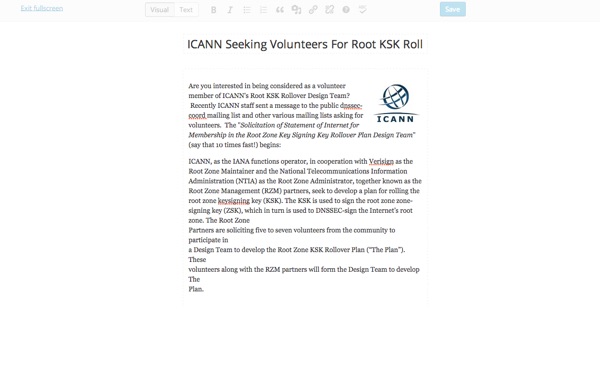
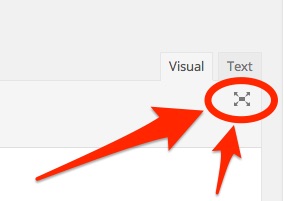
 Here’s the one WordPress plugin I really want to have – something that tells me the number of blog posts, pages or other content types that have been created in my site over a certain period of time.
Here’s the one WordPress plugin I really want to have – something that tells me the number of blog posts, pages or other content types that have been created in my site over a certain period of time. So,
So, 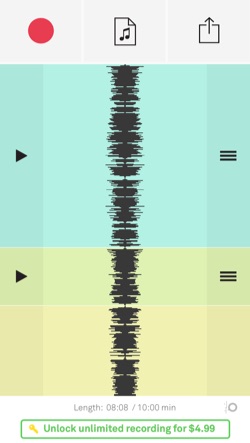
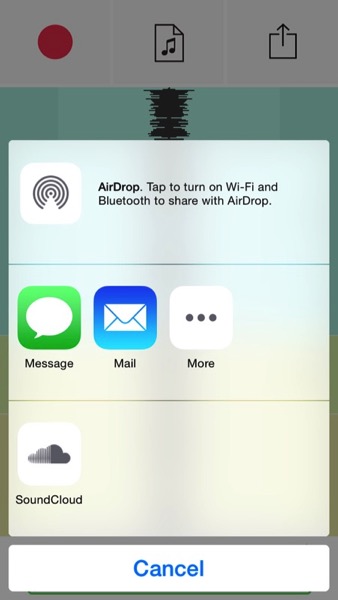

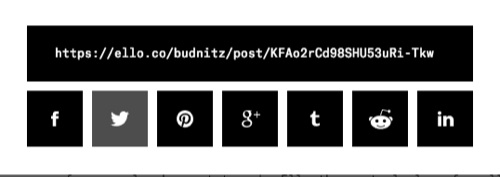

 As
As 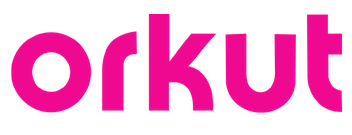 I find it somewhat ironic that as many of us
I find it somewhat ironic that as many of us 